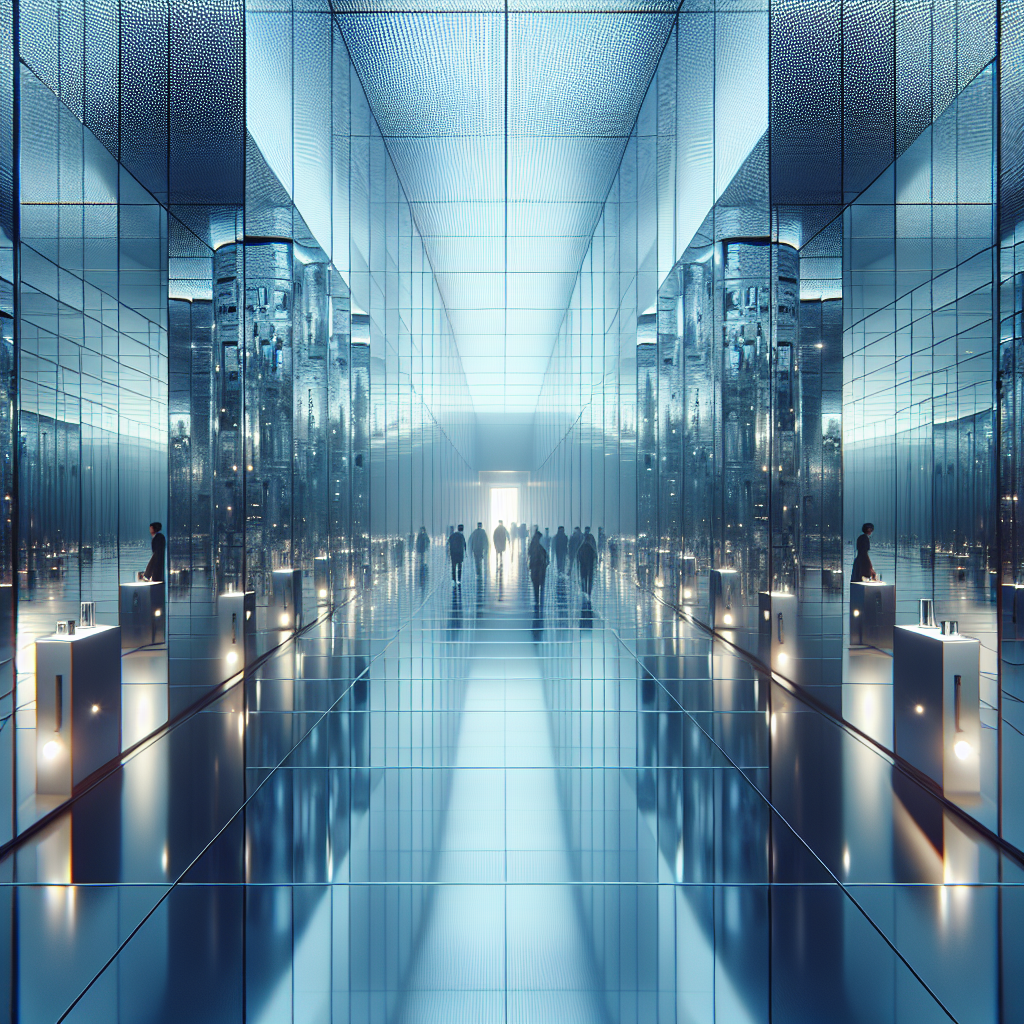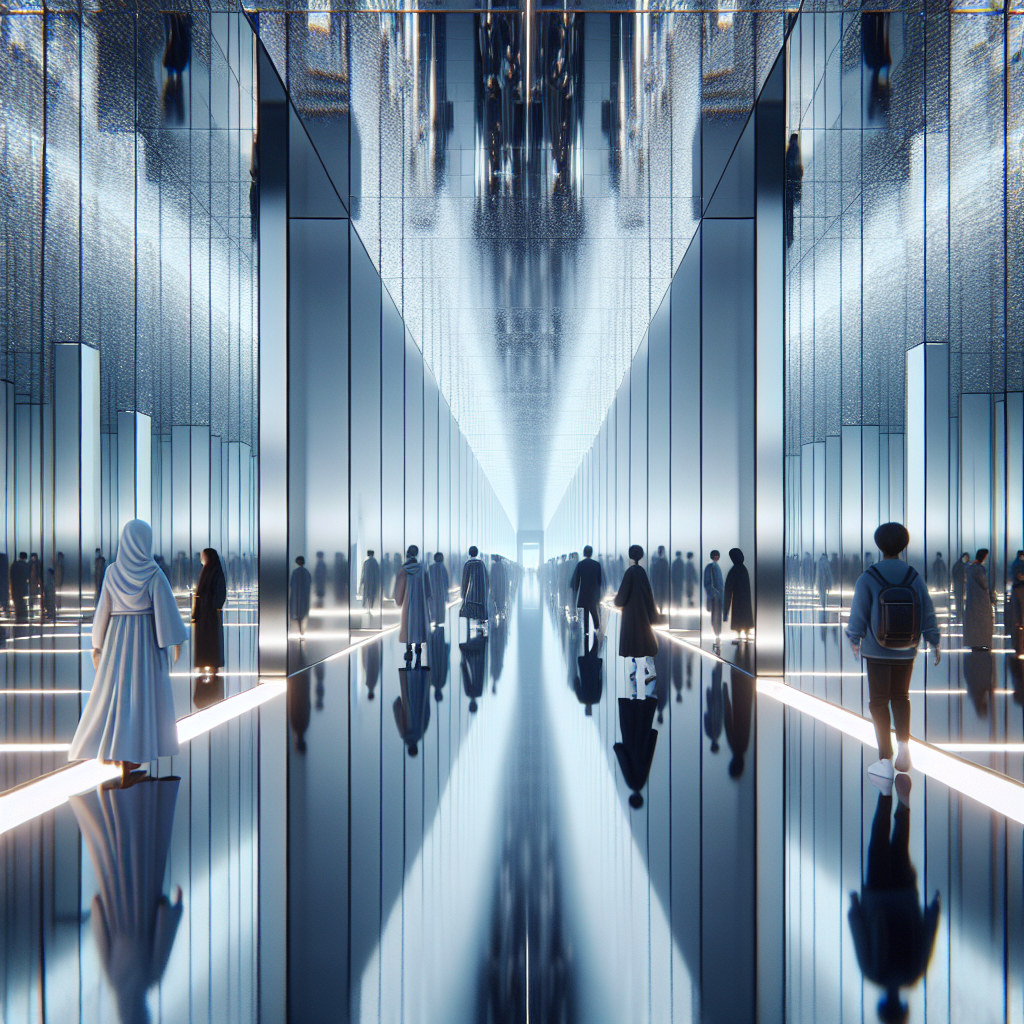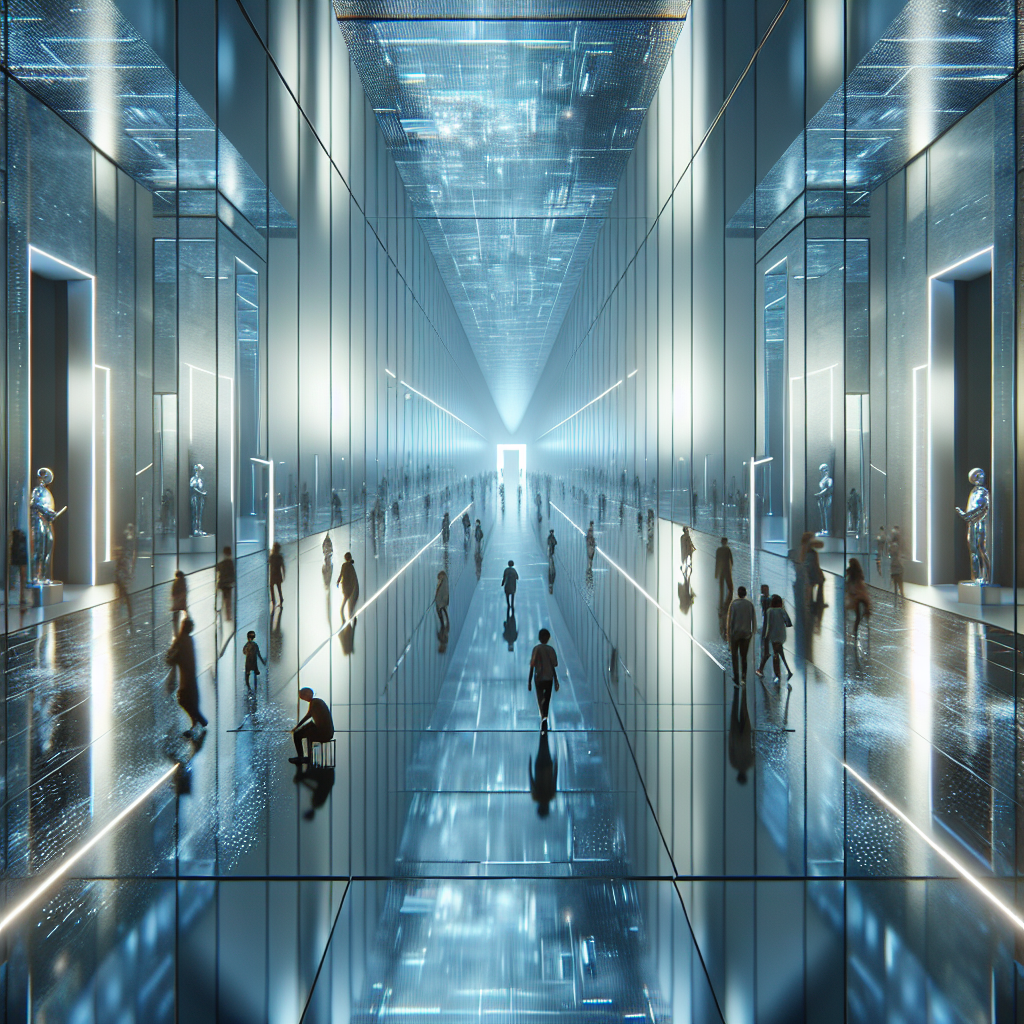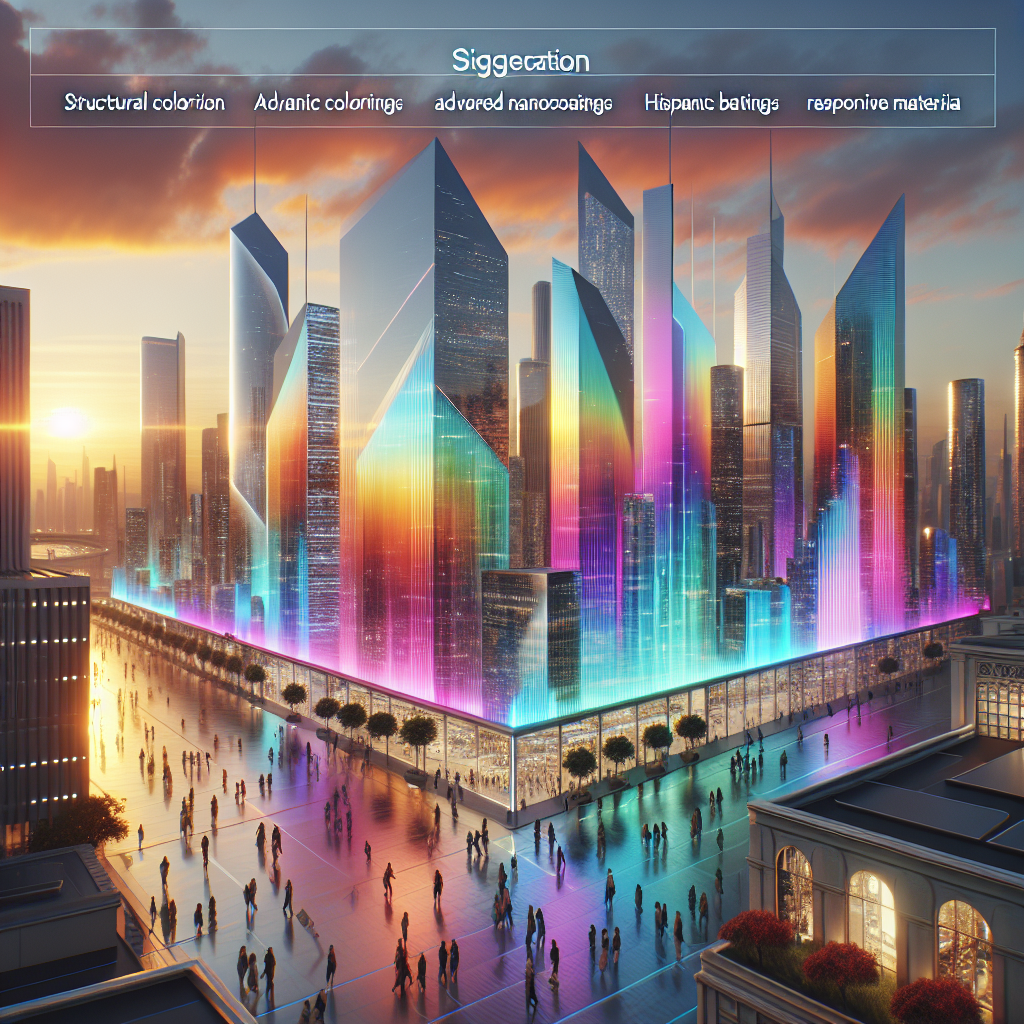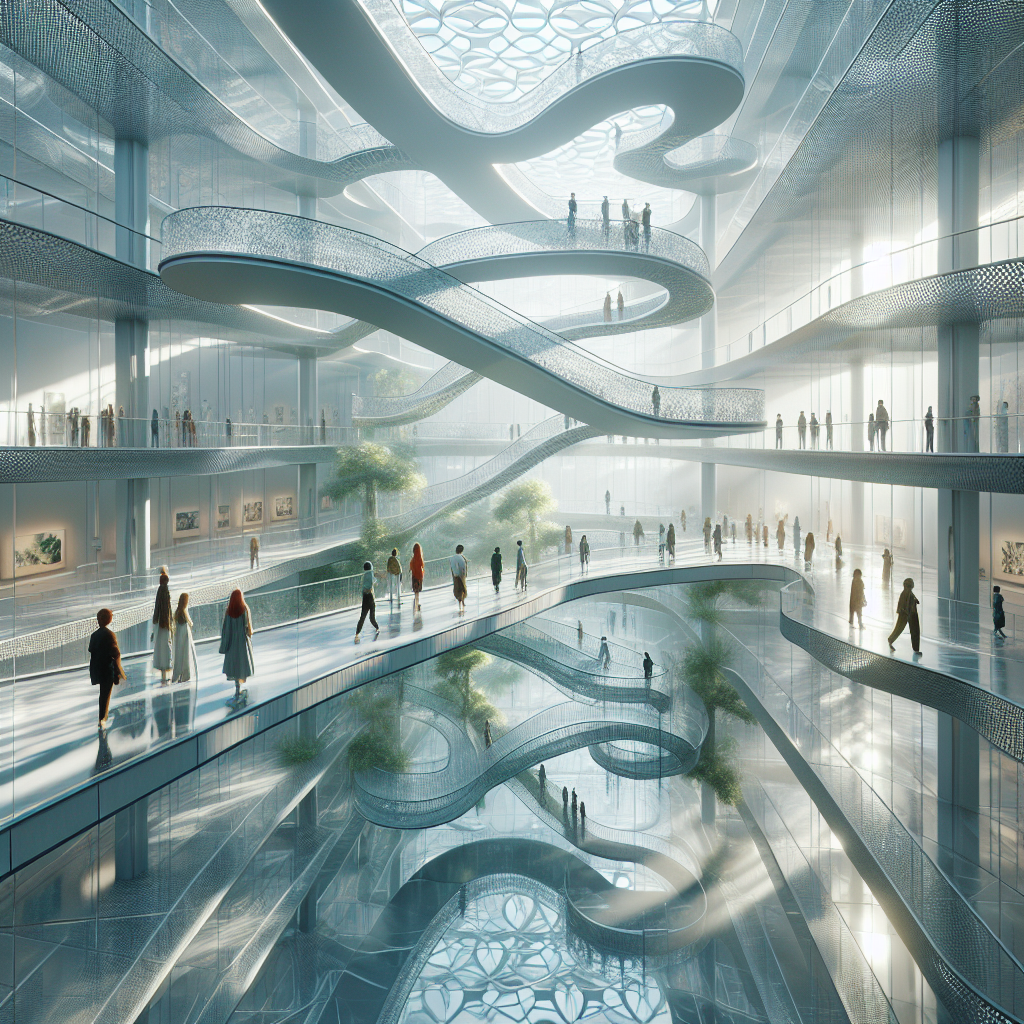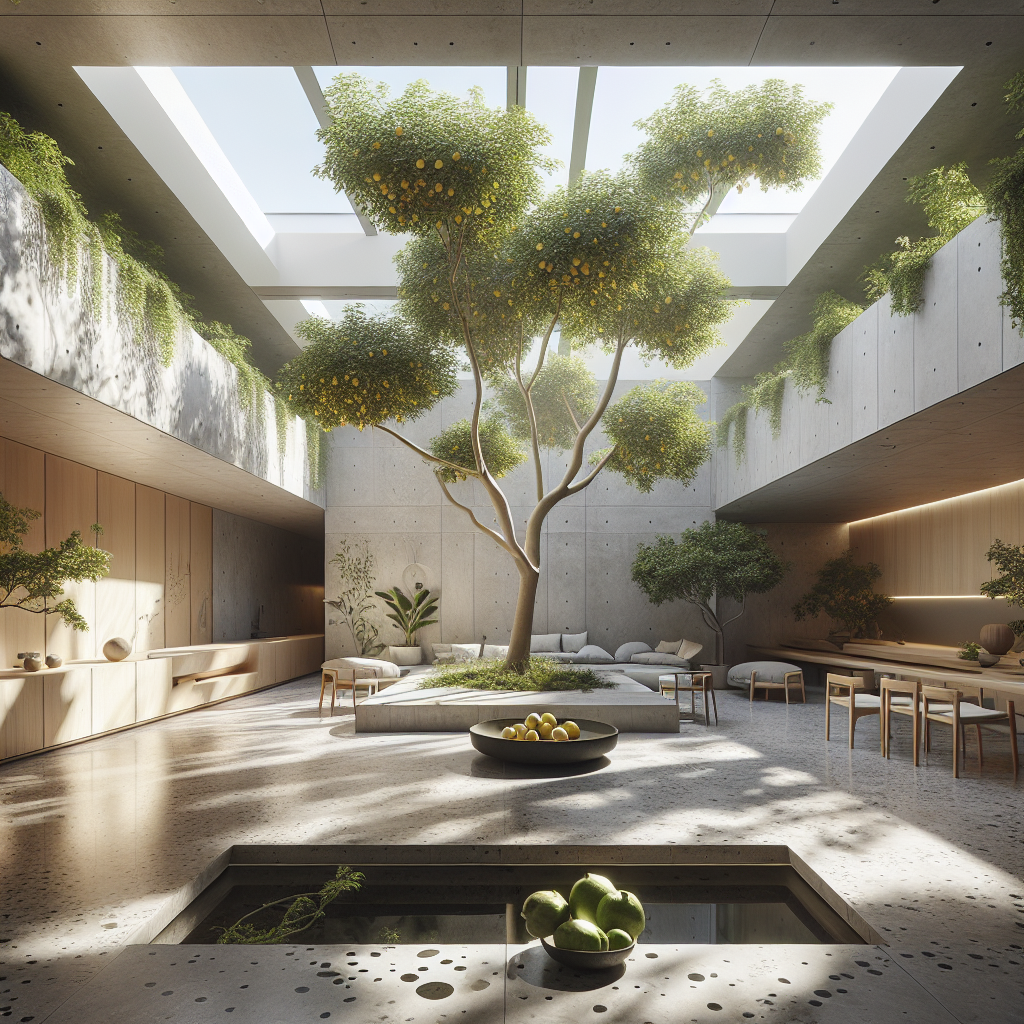Sonic illusions mirrored: corridors for disorienting gallery experiences
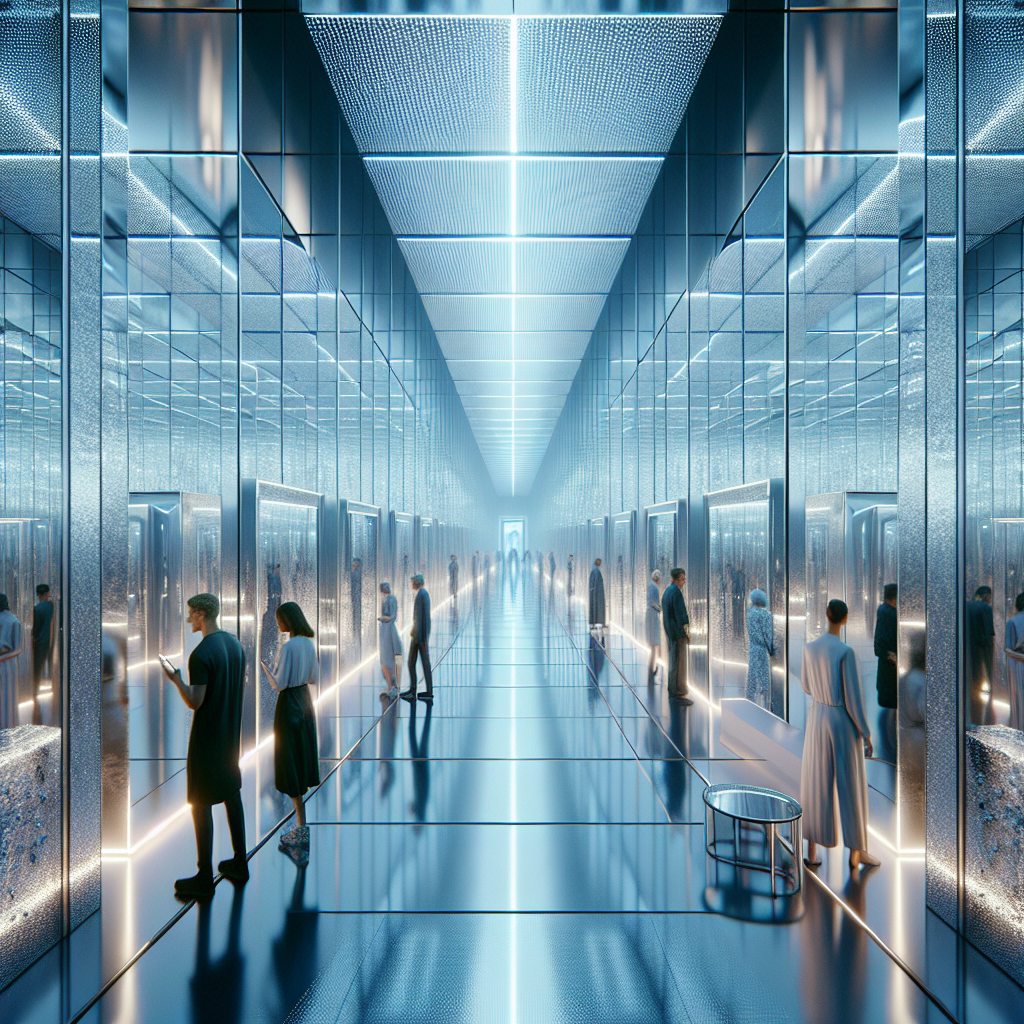
Sonic Illusions Mirrored: Corridors for Disorienting Gallery Experiences
In the evolving landscape of contemporary architecture and immersive exhibition design, a new typology is emerging—spaces that challenge perception through the fusion of sound, reflection, and movement. These sonic illusion corridors are not mere passageways; they are psychological thresholds, choreographed environments that blur the line between architecture and performance. By manipulating acoustics and mirrored geometry, designers are crafting experiences that unsettle orientation, heighten awareness, and transform the act of walking into a multisensory encounter.
The Rise of Sonic Architecture in Experiential Design
The notion of sound as an architectural material has matured from avant-garde experimentation into a sophisticated design discipline. Architects and sound designers now collaborate to shape how space is heard as much as how it is seen. This convergence has given rise to sonic architecture—a field where reverberation, frequency, and rhythm are as integral as light and form. Projects such as Tadao Ando’s Church of Light or Olafur Eliasson’s immersive installations have long hinted at this sensorial interplay, but the current generation of designers is pushing it further, integrating mirrored corridors and acoustic illusions into the very fabric of galleries and museums.
The result is a genre of architecture that disorients intentionally. Corridors become echo chambers of shifting frequencies; mirrored walls multiply sound waves and reflections until spatial boundaries dissolve. Visitors lose their bearings, guided instead by auditory cues—footsteps amplified, whispers ricocheting, the hum of unseen speakers vibrating through glass. It’s a deliberate destabilization, a poetic confusion that transforms movement into narrative.
Mirrors as Medium: The Architecture of Reflection
Mirrors have long fascinated architects for their ability to distort perception and expand space. From the Hall of Mirrors at Versailles to Dan Graham’s pavilions, reflective surfaces have been used to provoke self-awareness and spatial ambiguity. In the context of sonic illusion corridors, mirrors take on a new performative role. They not only reflect light but also amplify sound, creating feedback loops that merge visual and auditory disorientation.
Recent projects like the “Sonic Passage” installation at the 2024 Venice Architecture Biennale exemplify this trend. Visitors entered a mirrored tunnel where directional speakers emitted low-frequency pulses that shifted as one moved. The reflections fractured endlessly, producing a sensation of infinite depth, while the soundscape modulated to mimic spatial expansion. The corridor became a living instrument—an architectural echo chamber where the body was both performer and audience.
This interplay between reflection and resonance aligns with the growing interest in sonic architecture and reflective design. Both disciplines share a fascination with perception, using material and immaterial elements to challenge how we inhabit space. In mirrored corridors, this convergence becomes tangible: architecture listens as much as it looks.
Disorientation as a Design Strategy
Disorientation has become a powerful tool in contemporary exhibition design. Where traditional galleries once prioritized clarity and neutrality, today’s curators and architects often seek to provoke emotional and cognitive engagement through spatial ambiguity. The mirrored sonic corridor embodies this shift. It invites visitors to question their senses, to navigate uncertainty as part of the aesthetic experience.
Psychologically, this approach taps into what environmental psychologists call “controlled confusion”—a state in which sensory overload leads to heightened awareness. The brain, deprived of stable reference points, becomes more attuned to subtle cues: a flicker of light, a faint vibration, a shifting echo. The effect is immersive and deeply personal. Each visitor’s journey becomes unique, shaped by their movement, hearing, and visual perception.
This design philosophy resonates with the broader movement toward interactive installations and multisensory architecture. As technology enables more responsive environments, designers are exploring how spatial instability can foster emotional connection. The mirrored sonic corridor is not about confusion for its own sake—it’s about awakening the body’s innate capacity to sense, adapt, and interpret.
Case Studies: Corridors That Listen and Reflect
Several recent projects exemplify the architectural and artistic potential of sonic illusion corridors. In Tokyo’s “Echo Hall,” designed by Studio Ryoji Ikeda, a 40-meter mirrored tunnel integrates embedded speakers that emit algorithmically generated tones. The frequencies respond to human presence, creating a constantly evolving soundscape. As visitors move, the sound shifts, and their reflections fragment across mirrored panels, producing a hypnotic sense of motion within stillness.
In contrast, the “Reverb Corridor” at London’s Serpentine Pavilion (2023) employed curved mirrored walls and concealed microphones to capture and replay ambient noise with a slight delay. The result was a haunting, time-bending effect—each step accompanied by its own echo from the recent past. The installation blurred temporal boundaries, transforming the corridor into a liminal zone between presence and memory.
Both examples illustrate how sound-responsive architecture can transform passive circulation spaces into active sensory experiences. Corridors—traditionally transitional and overlooked—become the main event, a spatial crescendo that engages the body and mind simultaneously.
Material Innovation and Acoustic Engineering
The technical realization of these illusions relies on advances in acoustic materials and digital sound modulation. Designers are increasingly using parametric modeling to simulate how sound waves interact with reflective surfaces. This computational precision allows for fine-tuning of reverberation, echo, and frequency diffusion. Materials such as perforated metal, mirrored acrylic, and sound-reactive glass are layered to balance reflection and absorption.
Some studios are experimenting with directional sound projection—a technology that emits highly focused audio beams, creating the illusion of localized sound sources. When combined with mirrored geometry, these beams can make sound appear to emanate from reflections themselves, further disorienting the listener. The result is a space that feels alive, whispering and responding to movement in real time.
This synthesis of digital and material innovation parallels developments in parametric design and virtual reality in architecture, where immersive simulation informs physical construction. The mirrored sonic corridor becomes both a product and a prototype—a testing ground for how future buildings might communicate with their occupants through sound and reflection.
The Psychology of Sonic Reflection
The human brain interprets sound spatially; we locate ourselves through echoes and reverberations. When those cues are manipulated, our sense of orientation falters. This is the essence of the sonic illusion corridor: it exploits the brain’s reliance on auditory mapping to create a controlled sense of dislocation. The mirrored surfaces compound this effect, producing infinite visual feedback that mirrors the auditory confusion.
Neuroscientific studies on spatial cognition suggest that such environments can trigger both anxiety and fascination. The tension between familiarity and distortion activates the brain’s exploratory instincts. In galleries, this can deepen engagement, transforming passive observation into embodied exploration. Visitors are not just looking at art—they are navigating it, decoding it through movement and sound.
Future Directions: Toward Multisensory Architecture
As museums and cultural institutions seek to captivate increasingly experience-driven audiences, the integration of multisensory design will continue to expand. The mirrored sonic corridor represents a microcosm of this evolution—a space where architecture becomes an instrument, and visitors become performers. Its principles are already influencing retail, hospitality, and wellness design, where acoustic comfort and reflective ambiance are used to shape mood and behavior.
Looking ahead, the fusion of psychoacoustics and architectural design could redefine how we conceive of spatial experience. Imagine museums where walls hum in harmony with the artwork, or hotels where corridors shift acoustically to guide guests intuitively. These are not distant fantasies but emerging realities, as architects increasingly view sound and reflection as active design tools rather than passive effects.
In a world saturated with visual stimuli, the sonic illusion corridor offers a rare kind of silence—one that listens back. It reminds us that architecture is not static but performative, that space can be composed like music, and that the most profound experiences often arise when we lose our sense of direction to find something deeper: awareness itself.
—Published on 10/25/2025
